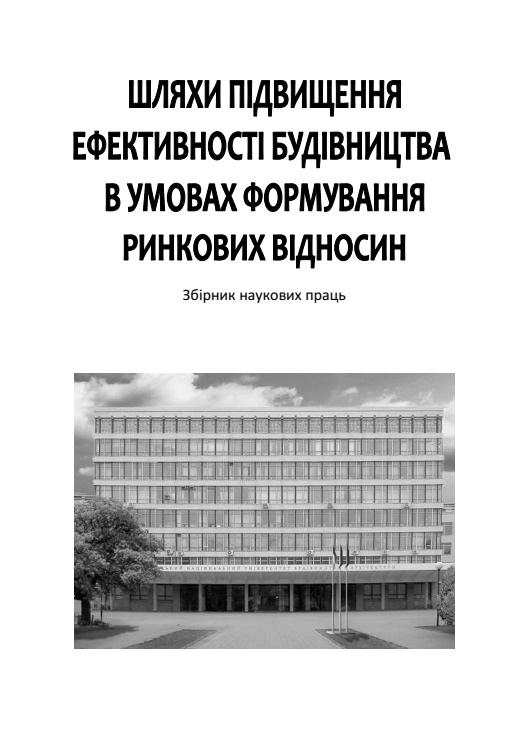Determination of dynamic poisson ratio of concrete in reinforced concrete structures by ultrasonic multi-wave method
DOI:
https://doi.org/10.32347/2707-501x.2018.35.73-81Keywords:
concrete, ultrasound, elastic modulus, Poisson ratio, Rayleigh wave.Abstract
Multi-wave testing allows to improve the metrological performance and to enhance the usefulness of the ultrasonic method of passing when in the determination of physical and mechanical properties of concrete. The article discusses the possibility of joint use of longitudinal subsurface waves and Rayleigh waves to determine the dynamic Poisson ratio of concrete structures in full-scale conditions, practical results.
References
Бетоны. Ультразвуковой метод определения прочности: ГОСТ 17624-2012. – Введ. 01.01.2014. – М.: 2014. – 16 с.
Гринченко, В.Т. Гармонические колебания и волны в упругих телах / В.Т Гринченко, В.В. Мелешко. – Киев: Наукова Думка, 1981. – 284 с.
Качанов, В.К. Проблемы ультразвукового контроля протяженных сложноструктурных изделий с большим затуханием сигналов / В.К. Качанов, И.В. Соколов // Дефектоскопия. – 2007. ‑ № 8. ‑ С. 82-93.
Снежков, Д.Ю. Основы мониторинга возводимых и эксплуатируемых железобетонных конструкций неразрушающими методами / Д.Ю. Снежков, С.Н. Леонович ‑ Минск: БНТУ, 2016. ‑ 330 с.
СТБ EN 12504-4-2014 Методы контроля бетона в конструкциях. Часть 4. Определение скорости распространения ультразвукового импульса – Введ. 01.01.2015. Госстандарт, Минск, 2014. – 15 с.
Downloads
How to Cite
Issue
Section
License
Copyright (c) 2020 D. Snezhkov, S. Leonovych

This work is licensed under a Creative Commons Attribution 4.0 International License.
Authors who publish with this journal agree to the following terms:
- Authors retain copyright and grant the journal right of first publication with the work simultaneously licensed under a Creative Commons Attribution License that allows others to share the work with an acknowledgement of the work's authorship and initial publication in this journal.
- Authors are able to enter into separate, additional contractual arrangements for the non-exclusive distribution of the journal's published version of the work (e.g., post it to an institutional repository or publish it in a book), with an acknowledgement of its initial publication in this journal.
- Authors are permitted and encouraged to post their work online (e.g., in institutional repositories or on their website) prior to and during the submission process, as it can lead to productive exchanges, as well as earlier and greater citation of published work (See The Effect of Open Access).

